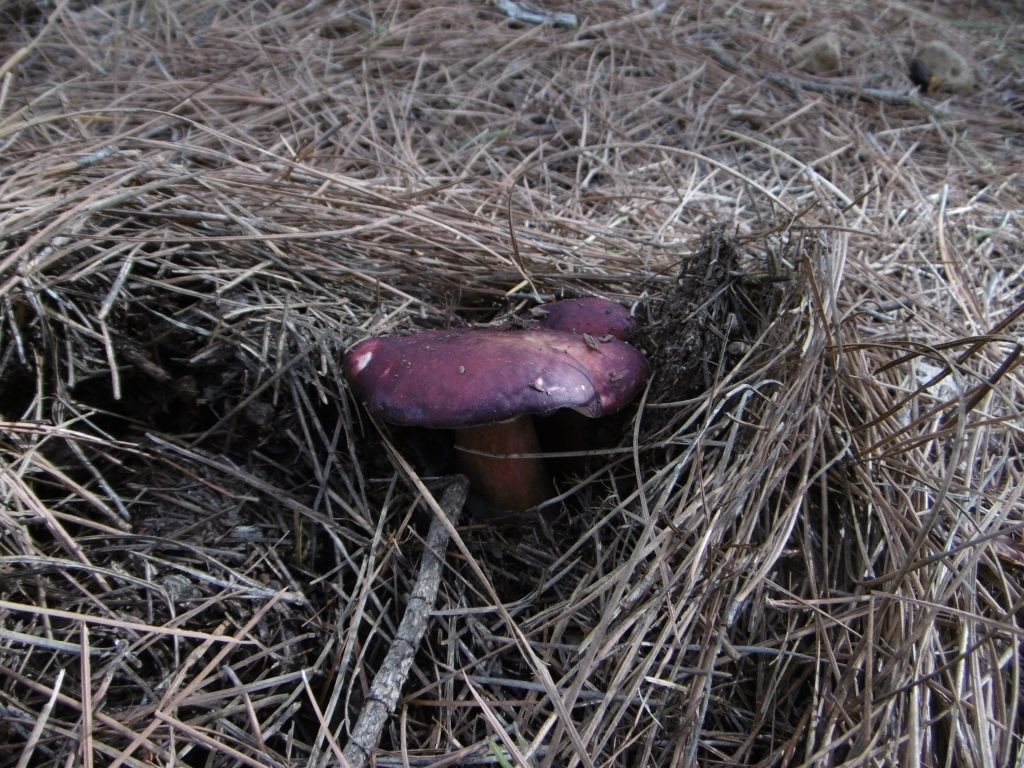Boletus is a genus of fungi, It is including about 300 species. This genre was originally defined and described by Elias Magnus Fries in 1821, bringing together all fungi with pores having himenio. They were subsequently defined other genera whose species included this feature, as Tylopilus, described by Petter Adolf Karsten in 1881. Asimismo, They were readoptaron or redefined genres and disused, as Leccinum
Mushroom aemilii Barbier
Some species formerly classified in this taxon were later located in other genres, as with the species Leccinum scabrum, tylopilus felleus, Chalciporus piperatus o Suillus luteus.
The genus name derives from the Latin Boletus, “arrow”, and the ancient Greek βωλιτης, which comes in turn BOWLING / βωλος, “package” or “heap”. Galen of Pergamum (130-200) He mentioned in his writings to βωλιτης, although it is thought referring to the prized Amanita caesarea, that is not related to the gender Boletus.
Many species of Boletus are edible and appreciated in gastronomy, the best known Boletus edulis. They are also harvested for consumption mushrooms B. badius, B. aureus and other species, also highly prized as aestivalis porcini or boletus reticulatus and pinophilus.. Otras, like B. calopus, They have bitter or unpleasant taste and are not considered edible mushrooms.
Some guides recommend avoiding all mushrooms Boletus exhibiting reddish pores, however B. erythropus y B. luridus son comestibles después de ser convenientemente cocidos.
La ingesta de hongos venenosos a menudo produce síntomas gastrointestinales. En el género Boletus se ha aislado una glicoproteína citotóxica llamada bolesatina. In 2007, se encontró un componente similar —llamado, en inglés, bolevenine—, en la especie venenosa Boletus venenatus, de China.5 Se han documentado muertes por ingesta de Boletus pulcherrimus. In 1994, una pareja desarrolló síntomas gastrointestinales después de comer setas de esta especie, falleciendo el marido. La autopsia reveló infarto intestinal. Boletus satanas también tiene mala fama como hongo venenoso, aunque no se conocen casos de muerte a causa de su consumo. También se ha aislado muscarina en algunas especies, although its amount is pharmacologically insignificant and only causes minor symptoms,es.
Fuente Wikipedia










Recent Comments